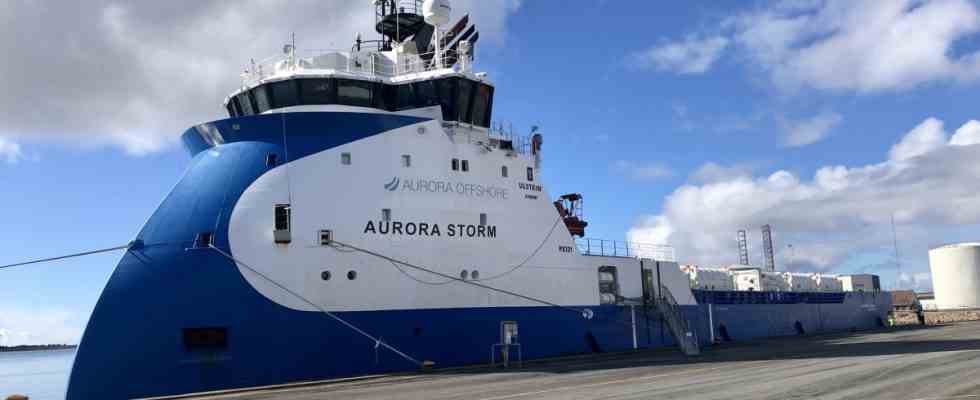The platform can talk about past and future Nini West reveal a lot. Not long ago, oil was mined here in the Danish North Sea. And since this week, carbon dioxide has officially been pumped into the seabed at this very spot. The oil field is now empty, which creates space for CO₂. In other words, the oil production that fueled global warming with carbon millions of years old now leaves cavities to at least partially repair the disastrous results of that production. It couldn’t be more ironic.
The technology behind it is called “Carbon Capture and Storage”, or CCS for short. Carbon dioxide is thereby separated, for example in industrial processes or in power plants, it becomes places like Nini West transported and pressed into the sea floor under great pressure. The rock down there is porous, it can store the climate killer well. And because oil and gas were locked up there for ages, the storage facilities should also remain tight enough for CO₂. On the way to net zero emissions, to climate neutrality, this process will be indispensable. But it doesn’t get rid of the stale aftertaste.
Paradoxically, this is due to the perspective it opens up. Because if the climate problem can be solved technically in this way – why all the effort involved in saying goodbye to fossil energy? Whoever sticks to fossil energy – be it because they earn money with the subsidy, be it because they do not want to change their production processes – could in future easily become climate-neutral via CCS. Methods are even conceivable with which carbon dioxide is extracted from the air in order to then store it. Once again, mankind would have solved a problem that arose out of its supposed progress with supposed progress.
Unfortunately, things are not that simple
If it just could be that easy. Apart from the fact that the deposits for carbon dioxide are also limited; that storage becomes more complex, the deeper the deposits are; that capture, transport and, above all, storage involve a gigantic expenditure of energy – on a large scale, CCS would be a sham solution which, in the worst case, would slow down the move away from fossil fuels. At least that may explain why the oil and gas industry, of all things, likes this technology – in addition to the opportunity to make money from fields that have been exploited in this way.
But it also doesn’t work without CCS – and therefore not without the industry that knows like no other how to drill deep holes. In the chemical industry, in the production of cement, and ultimately also in agriculture, there will be emissions that are harmful to the climate and cannot be avoided with any number of renewable energies, hydrogen or synthetic fuels. What’s more: If CO₂ is separated when biomass is burned, for example in power plants, then storing it removes greenhouse gases from the atmosphere – after all, the plants bound the carbon during growth.
It would be a mistake to demonize the technology because of its bland aftertaste. But it would be an even bigger mistake to let them become a back door for fossil fuel business models. The storage of carbon dioxide therefore needs a big brother, and that is a CO₂ price that has increased over the years. On the one hand, it would make fossil raw materials more expensive and thus make renewable alternatives more competitive. And for the industry, a CO₂ price makes it attractive to store away the climate killer. If only it’s high enough.
The way there is further than the North Sea is deep. But if that succeeds, then there is a good chance that a piece of the future has actually begun in the Danish North Sea. it’s about time.

